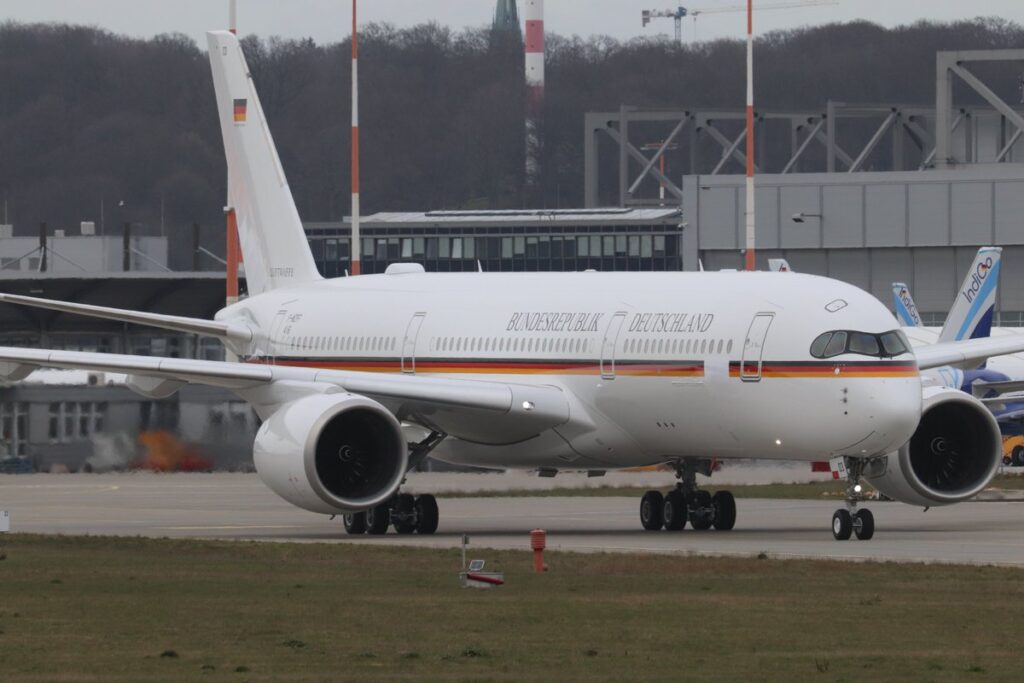Airplanes are travelling machines that are manufactured to transport human beings and luggage from one location to another. Airplanes travel in air very faster compared to roadway vehicles, trains and ships.
Airplanes are manufactured in manufactured in different shapes and sizes according to the need and desire. When Airplane is travelling it has to lift its own weight, the fuel, the passengers and the luggage.

Parts of an airplane and their function are mentioned below.
The Engine
The engines can also be referred to as the powerplant of the plan. This is the part of the plane that works to generate thrust to lift the plane into the sky. The engine also creates hydraulic and electric power for which the plane uses to operate.
The Wing
The wings of the plane are their most identifiable parts. These wings work just like those of a bird to lift the plane into the air and control the airflow as the plane flies. The tilt of the wings is a crucial part of the overall structure of the airplane as they allow the pilot to decrease or increase the descent rate of the plane when flying. It’s a big deal when a wing suffers damage, and it’s one of the reasons planes are generally kept in hangars when out of use – but building a hangar can be its own issue.
Aileron
The ailerons are the hinged surfaces of wings that aids in controlling lateral balance. These work to move the aircraft left or right by allowing the plane to roll in the desired direction. The ailerons work asymmetrically when flying. This means when the right aileron goes up, the left one goes down. When the right goes down, the left aileron goes up.
Slats
Slats are identified as the front most portion of the wing. They are adjustable so the pilot can alter the slat to the desired level during lift off of the entire plane.
Horizontal Stabilizer
At the tail of the plane, there is a horizontal wing-like structure that protrudes out. These are the horizontal stabilizers and help to keep the aircraft’s equilibrium when flying up and down.
Vertical Stabilizer
On the tail section of the plane, you’ll notice a shark-like fin. This is referred to as the vertical stabilizer. This helps to prevent lateral movements of the craft which could easily lead to slippage, making the plane uncontrollable to handle.
Pylon
Pylons are existent on the wings of the aircraft between the wing and the engine. Its main job is to help to stabilize the airflow behind the wing. Without pylons, the drag on the wing will reduce the aircraft’s speed and overall performance.
Flap
Located at the back of the wing, the flaps are included to help increase the lift of the plane into the air. These flaps are fitted to trail the edge of the wing sections. These flaps extend out from the wing and increase the camber of the wings airfoil so that it can lift at low speeds, which is vital to landing successfully.
Propeller
Most aircraft have at least one propeller to thrust the plane forward at a specific pitch, depending on the angle of the propeller blades. In smaller crafts, you’ll see the large propeller blades on the front. For commercial crafts, these tend to be integrated into the wings of the plane.
Spoilers
Airplane spoilers are located on the top surface of the wing and can be extended upward to reduce airflow. The whole concept of the spoiler is to intentionally reduce the lift of the plane so that it can land properly.
Elevator
The elevators work to control the pitch motion of the craft. These are hinged surfaces that are fitted to the rear of the horizontal stabilizers. These work as a symmetrical pair. When the elevators go up, the aircraft goes up. When the elevators go down, the aircraft goes down.
Fuselage
This is the centermost piece of the aircraft that is responsible for the structural integrity of the cargo and passengers. Most of the modern day aircraft can hold up to 800 passengers and about 250,000 pounds in the cargo.
Rudder
The rudder is responsible for controlling the yaw motion of the aircraft. This is the side to side movement of the nose of the craft. You’ll find the rudder as a hinged section at the rear of the vertical stabilizer of the plane.


